- Have any questions?
- +86-189 8930 5995
- sales@mosinterchem.com.cn
Roxithromycin CAS 80214-83-1

Pemetrexed disodium CAS 150399-23-8
10/12/2018
Clarithromycin CAS 81103-11-9
10/12/2018| Model: | MOS80214-83-1 |
| CAS: | 80214-83-1 |
| Molecular formula: | C41H76N2O15 |
| Molecular weight: | 837.0465 |
| Density: | 1.25g/cm3 |
| Boiling point: | 864.7°C at 760 mmHg |
| Flash point: | 476.7°C |
| Refractive index: | 1.535 |
| Vapour Pressur: | 7.17E-35mmHg at 25°C |
| Hazard Symbols: | Xn:Harmful |
| Risk Codes: | R22:Harmful if swallowed. |
Roxithromycin (CAS: 80214-83-1)
| ITEM | STANDARD | RESULT |
| Appearance | White or almost white crystalline powder | white crystalline powder |
| Solubility | Very slight soluble in water, freely soluble in
acetone, in alcohol and in methylene chloride. It is slightly soluble in dilute hydrochioric acid. |
Conforms |
| Identification | 1. IR: Conforms to the roxithromycin CRS spectrum
2. HPLC: Similar inretention time and size to the principal peak of the reference solution(a) |
Conforms |
| Appearance of solution | Clear and colourless(0.2/20ml methanol) | Conforms |
| Specific optical rotation | -93°~-96°(Anhydrous substance 0.500g/50ml acetone) | -95° |
| Related substances | 1. Impurity G≤1.0% | 0.09% |
| 2. Impurity A, B, C, D, E, F, H, I, J≤0.5% | 0.31% | |
| 3. Total Impurities ≤ 3.0% | 1.7% | |
| Heavy Metals | ≤ 10 ppm | < 10 ppm |
| Water | ≤ 3.0% | 2.2% |
| Sulphated ash | ≤ 0.1% | 0.02% |
| Resdual solvents | Methanol ≤ 3000 ppm | 286 ppm |
| Acetone ≤ 5000 ppm | Not detected | |
| Methylene Chloride ≤ 600 ppm | Not detected | |
| Assay(HPLC) | 96.0-102.0%
(Anhydrous substance) |
99.0% |
Roxithromycin is a semi-synthetic macrolide antibiotic. It is used to treat respiratory tract, urinary and soft tissue infections. Roxithromycin is derived from erythromycin, containing the same 14-membered lactone ring. However, an N-oxime side chain is attached to the lactone ring. It is also currently undergoing clinical trials for the treatment of male-pattern hair loss.
Roxithromycin is available under several brandnames. Roxithromycin is not available in the United States. Roxithromycin is available in Australia. Roxithromycin has also been tested to possess antimalarial activity.
Available forms
Roxithromycin is commonly available as tablets or oral suspension.
Mechanism of action
Roxithromycin prevents bacteria from growing, by interfering with their protein synthesis. Roxithromycin binds to the subunit 50S of the bacterial ribosome, and thus inhibits the translocation of peptides. Roxithromycin has similar antimicrobial spectrum as erythromycin, but is more effective against certain gram-negative bacteria, particularly Legionella pneumophila.
Pharmacokinetics
When taken before a meal, roxithromycin is very rapidly absorbed, and diffused into most tissues and phagocytes. Due to the high concentration in phagocytes, roxithromycin is actively transported to the site of infection. During active phagocytosis, large concentrations of roxithromycin are released.
Metabolism
Only a small portion of roxithromycin is metabolised. Most of roxithromycin is secreted unchanged into the bile and some in expired air. Under 10% is excreted into the urine. Roxithromycin’s half-life is 12 hours.
Side effects
Most common side effects are gastrointestinal; diarrhoea, nausea, abdominal pain and vomiting. Less common side effects include central or peripheral nervous system events such as headaches, dizziness, vertigo, and also the rarely seen rashes, abnormal liver function values and alteration in senses of smell and taste.
Drug interactions
Roxithromycin has fewer interactions than erythromycin as it has a lower affinity for cytochrome P450.
Roxithromycin does not interact with hormonal contraceptives, prednisolone, carbamazepine, ranitidine or antacids.
When roxithromycin is administered with theophylline, some studies have shown an increase in the plasma concentration of theophylline. A change in dosage is usually not required but patients with high levels of theophylline at the start of the treatment should have their plasma levels monitored.
Roxithromycin appears to interact with warfarin. This is shown by an increase in prothrombin time (international normalised ratio) in patients taking roxithromycin and warfarin concurrently. As a consequence, severe bleeding episodes have occurred.
You must be logged in to post a review.

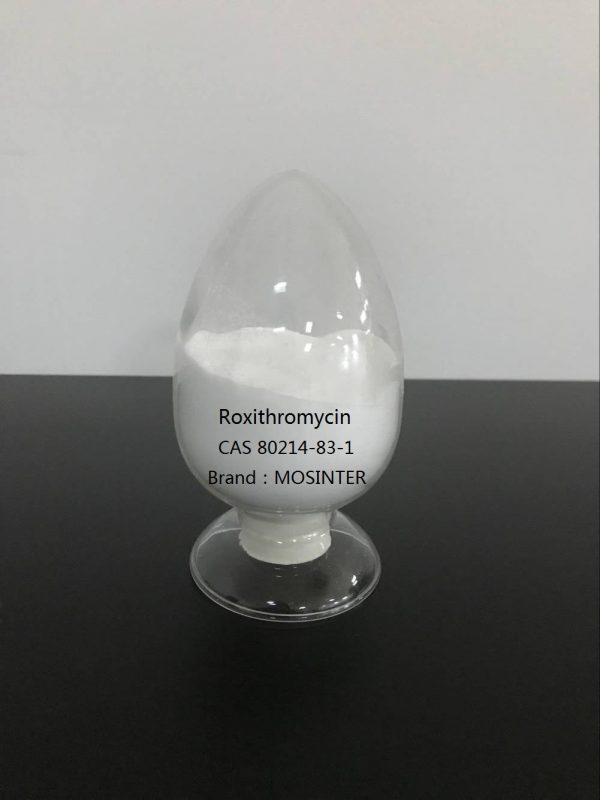
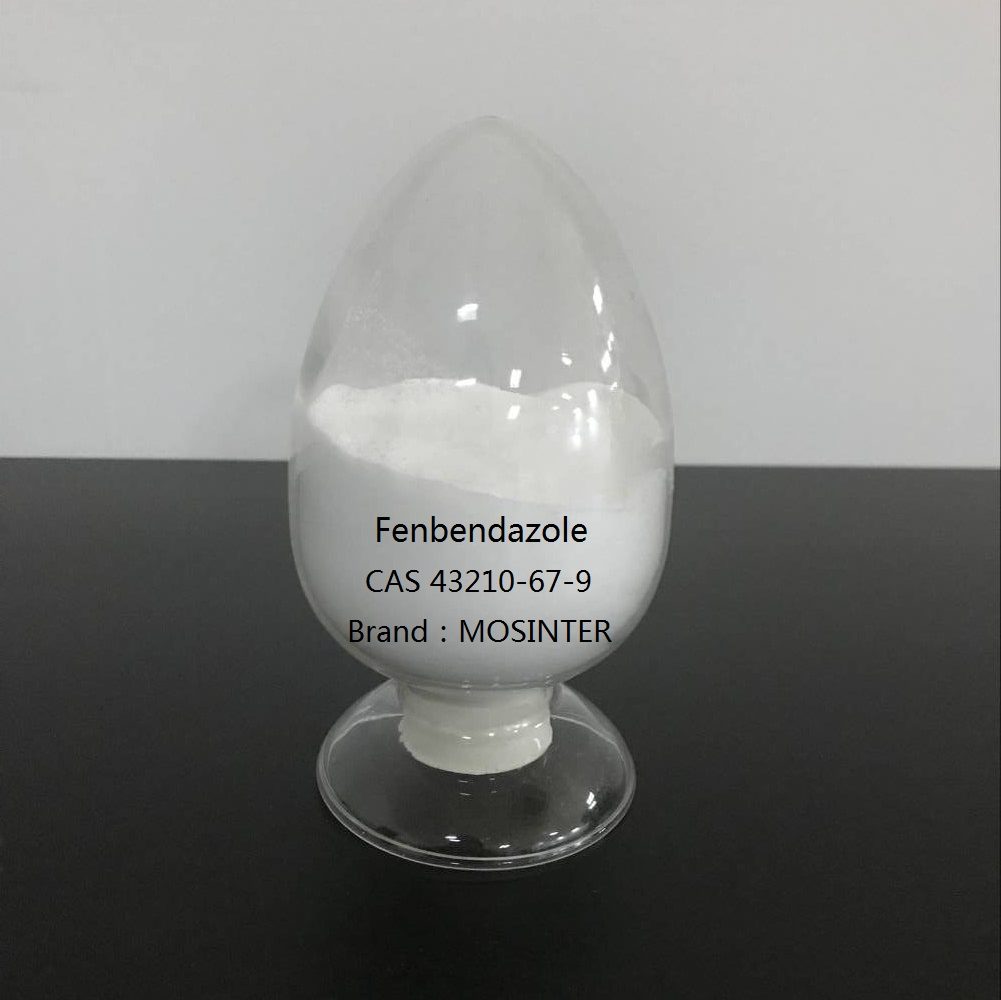
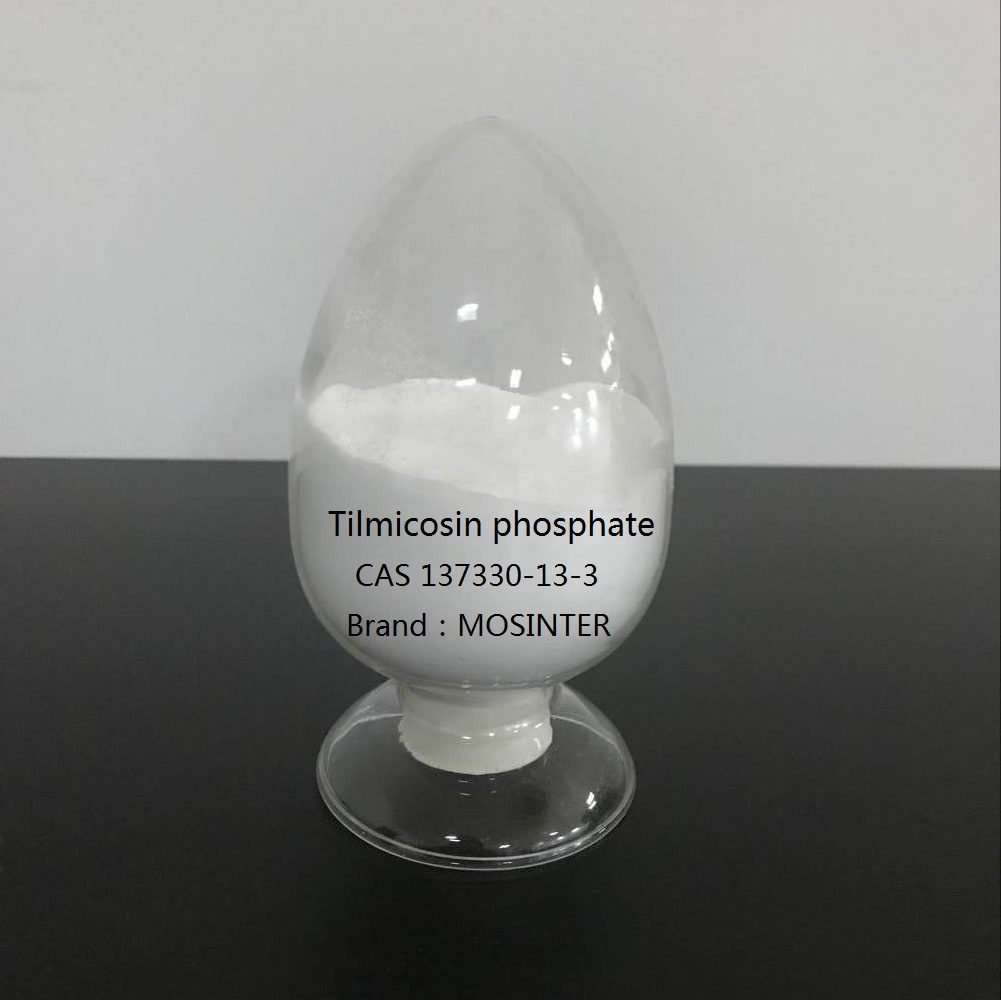
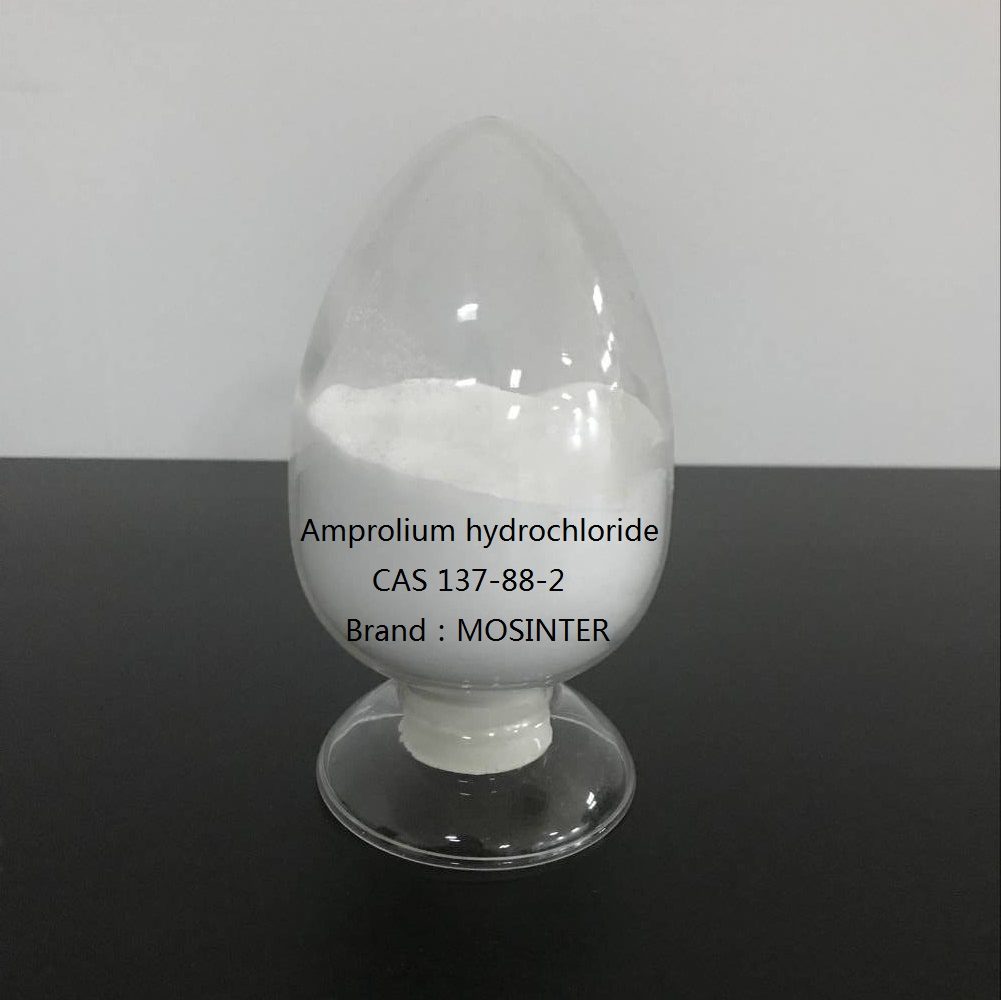
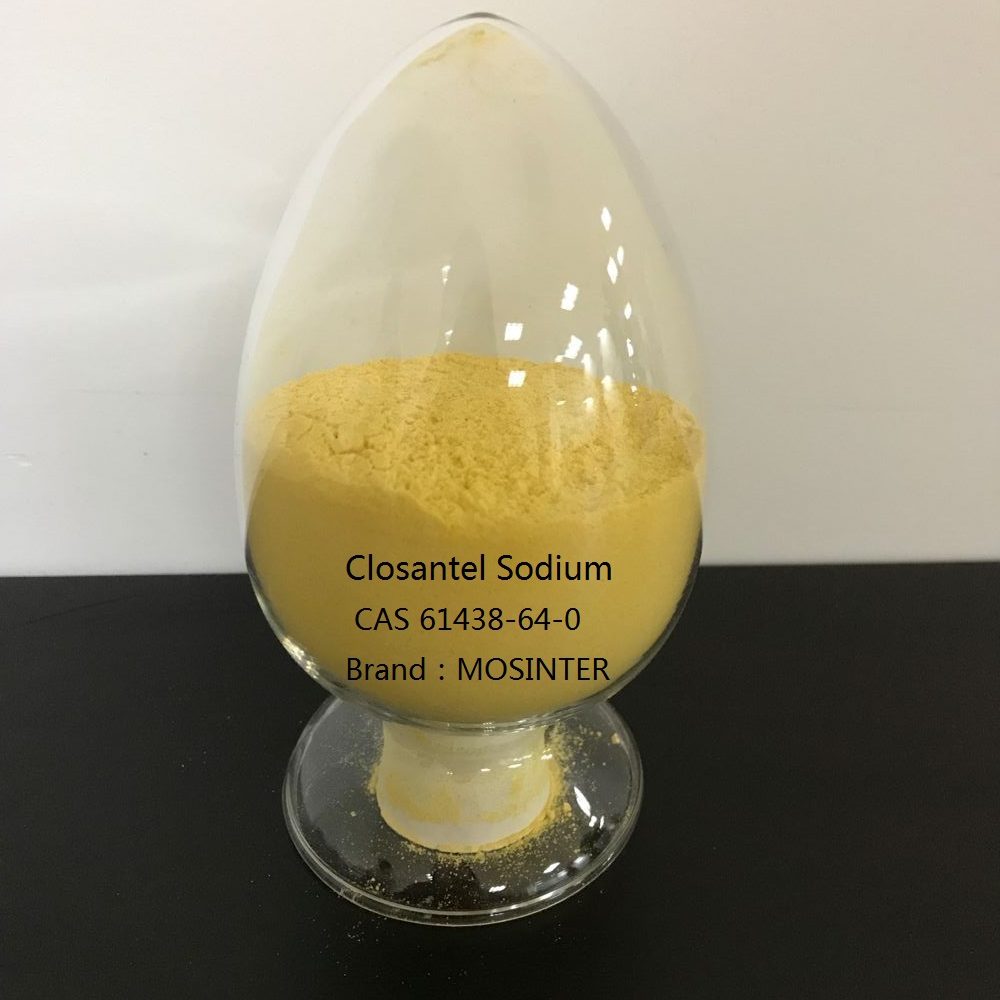
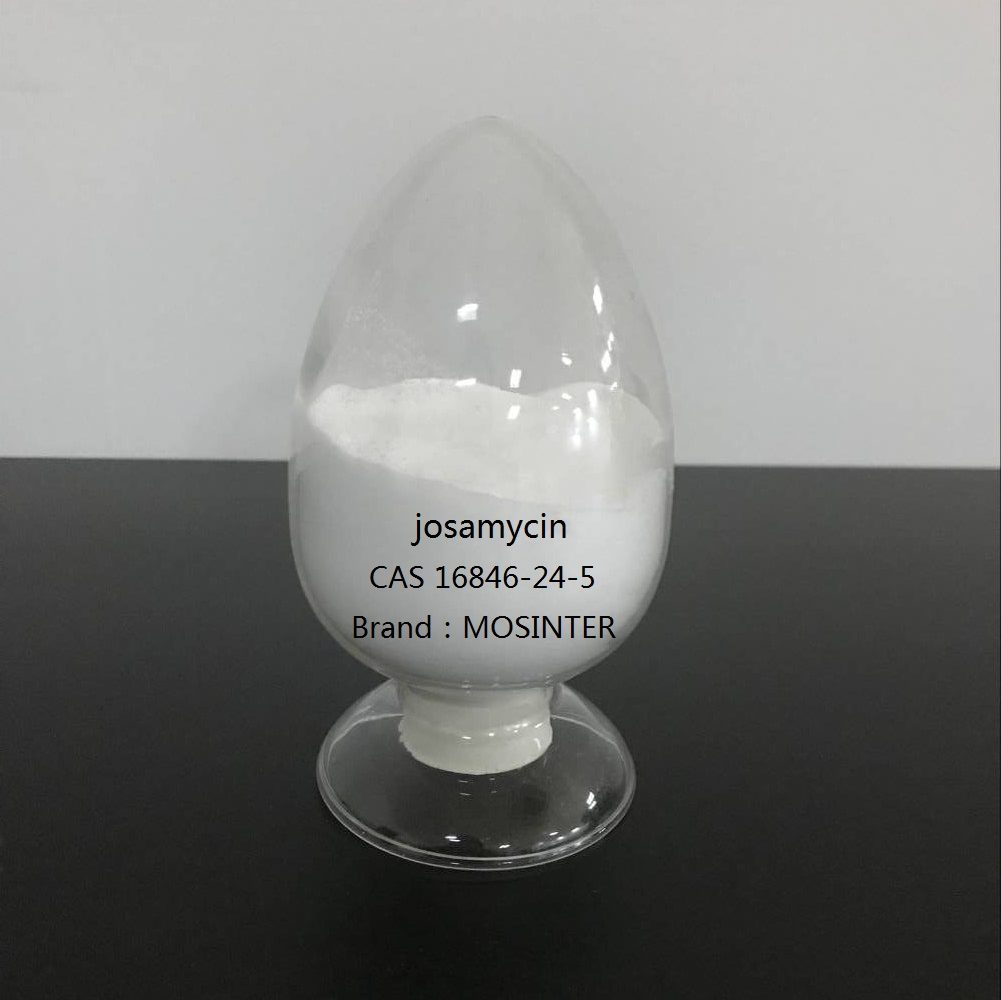
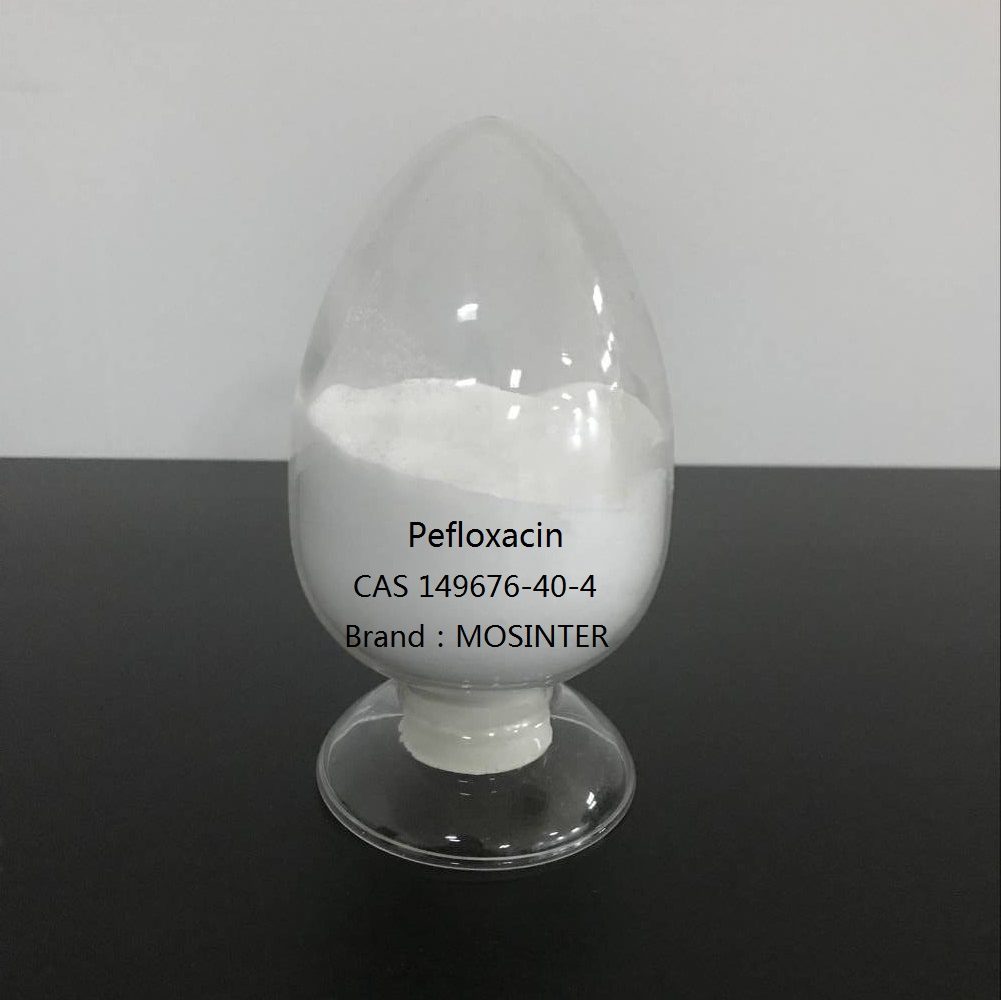
Reviews
There are no reviews yet.